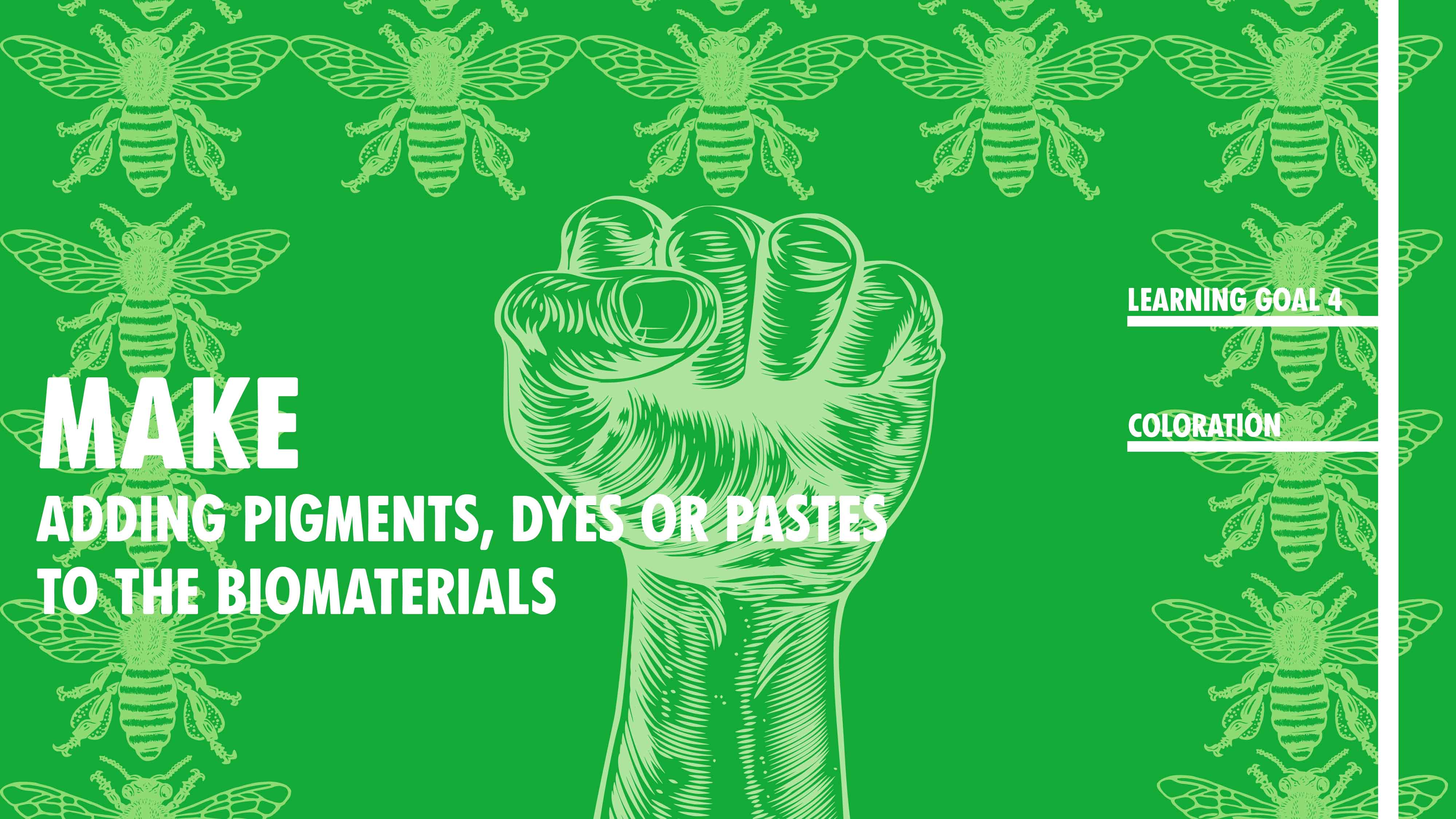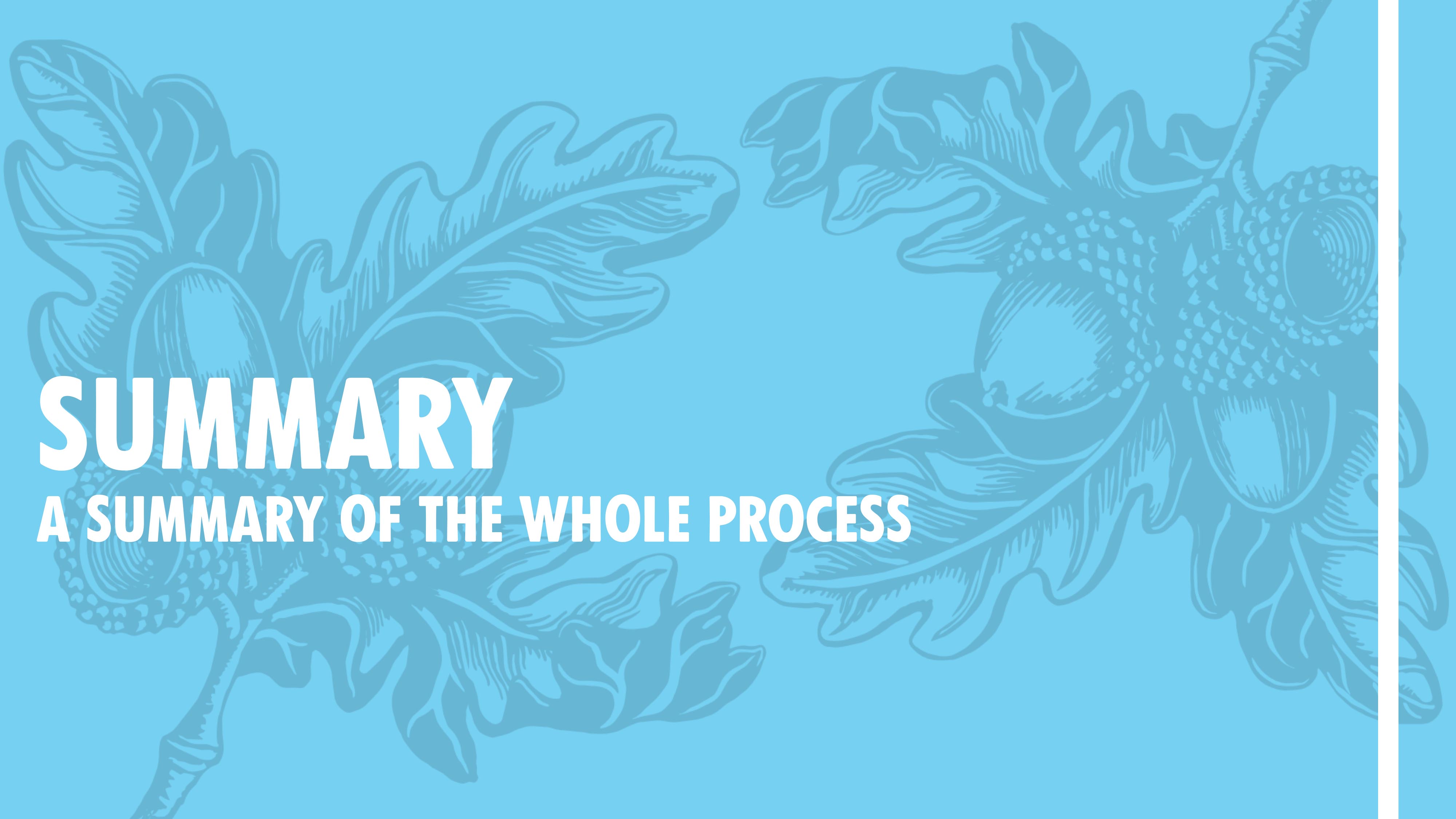Week 15 & 16
Written on December 1st , 2023 by Laura Weller
Results in imagery:

For coloration I wanted a red, blue and yellow color to start with. Working together with the interns from the textile lab, we used wastewater from natural dye experiments to dye the biomaterials with. From the waste water we either used the water directly, we created paste out of the water to add to the biomaterials or we let the ingredients dry and grinded them into pigments.
One website that really helped me in this process is:
- http://www.paintingplants.nl/verf-maken/
Below you can see a list of all the ingredients and whether they are tested by using wastewater, waste paste or waste pigment.
| Color | Name ingredients | Dye bath yes/no | Dye pigment yes/no | Actual color |
|---|---|---|---|---|
| Red | Madder | No | Yes | Dark red |
| Red | Madder | Yes | No | Red/orange |
| Red | Hibicus | Yes | No | Purple |
| Orange | Annatto | No | Yes | Red/orange |
| Yellow | Orange Peel | No | Yes | Yellow/orange |
| Yellow | Carrot tops | Yes | No | Dark yellow |
| Yellow | Tumeric | No | Yes | Dark yellow/Orange |
| Yellow | Edemame beans peels | Yes | No | Dark yellow |
| Green | Spirulina | No | Yes | Dark green |
| Green | Matcha | No | Yes | Light Brown |
| Green | Egg paper | No | Yes | Army green |
| Green | Butterfly tea + Baking Soda | No | Yes | Green/blue ish |
| Blue | Cabbage + baking soda | Yes | No | Brown |
| Blue | Butterfly tea | No | Yes | Blue |
| Purple | Cabbage | No | Yes | light yellow/seethrough |
| Purple | Blueberries | Yes | No | Brown |
| Pink | Cabbage + vinegar | Yes | No | Dark purple |
| Brown | Coffee | No | Yes | Brown |
| Brown | Ivy | No | No | Brown |
| Brown | HollyHock | No | No | Brown/Black |
General Notes
- Matcha tea gives of a brown color when dry
- Cabbage and Butterfly tea are VERY ph sensitive. Put milligrams of baking soda/vinegar in to play with the ph levels.
Feel free to share!

